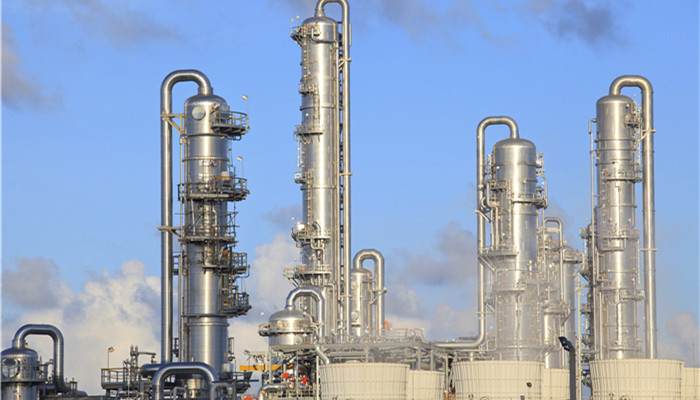
PPCP is a new type of carbon dioxide-based plastic. Industrial development opportunities and challenges coexist.
my country is the world’s largest emitter of carbon dioxide. The use of carbon dioxide to produce degradable plastics has raw material and technical advantages. At this stage, my country’s carbon dioxide-based degradable plastics industry has begun to take shape. Among them, polypropylene carbonate (PPC) is currently the most mature due to its mature production technology. The most industrially valuable carbon dioxide-based plastic. However, PPC has problems such as low glass transition temperature and insufficient mechanical properties. In order to enhance product competitiveness, domestic enterprises and research institutes have continued to conduct in-depth research on the application performance of PPC products. Against this background, new PPCP degradable materials have emerged.
PPCP degradable plastic is a resin product obtained by bulk polymerization of propylene oxide, phthalic anhydride, and carbon dioxide block technology using CO₂, PO, and PA as raw materials under the action of a catalyst. PPCP degradable plastic is a new type of environmentally friendly material. Compared with PPC, PPCP degradable plastic has better mechanical properties, heat resistance, and high barrier properties. As market demand upgrades and environmental protection supervision becomes increasingly strict, PPCP degradable plastic The market development prospects are good.
According to the “2021-2026 China PPCP Biodegradable Plastics Industry Market In-depth Research and Development Prospects Forecast Report released by the Industrial Research Center , PPCP degradable plastics are carbon dioxide-based plastics. The development of PPCP degradable plastics industry can not only avoid environmental pollution, but also realize the utilization of carbon dioxide resources. Under the strategic goals of carbon neutrality and carbon peak, the development prospects of PPCP degradable plastics market are better.
PPCP degradable plastic has the characteristics of food contact, biodegradability, colorless and transparent, and has good application prospects in the fields of food, medicine, packaging, disposable tableware, films, etc. During the 14th Five-Year Plan period, PPCP degradable plastic is expected to be Large-scale promotion and application. However, as a new type of material, the current market size of PPCP degradable plastics is still small, and there are certain development cycles and promotion risks in the market. In the future, there will be both opportunities and challenges for the development of the PPCP degradable plastics industry.
The PPCP degradable plastic production process was developed by Professor Meng Yuezhong’s team from the Department of Polymer Materials of Sun Yat-sen University. Currently, Meng Yuezhong’s team has authorized PPCP production technology to Shandong Lianchuang Co., Ltd., Maoming Tianyuan Petrochemical, Hebei China Coal Risun Energy and other enterprises. Among them, Shandong Lianchuang Co., Ltd.’s PPCP biodegradable plastic project with an annual output of 60,000 tons is in rapid progress. It is currently in the engineering design and key equipment procurement stages and is expected to be put into production in early 2022. Maoming Tianyuan Petrochemical’s PPCP project with an annual output of 100,000 tons and Hebei China Coal Risun Energy’s PPCP project with an annual output of 30,000 tons are still under construction or under construction.
Industry analysts said that PPCP is a carbon dioxide-based plastic, and my country is the world’s largest emitter of carbon dioxide. Under the background of the peak strategy, the PPCP degradable plastic market has broad development space. PPCP degradable plastics have excellent properties. As relevant planned and under-construction projects are put into production, my country’s PPCP degradable plastics production capacity will continue to improve. But overall, as a new material, the PPCP degradable plastic market has certain development cycles and promotion risks, and there will be both opportunities and challenges for future industrial development.

 微信扫一扫打赏
微信扫一扫打赏

